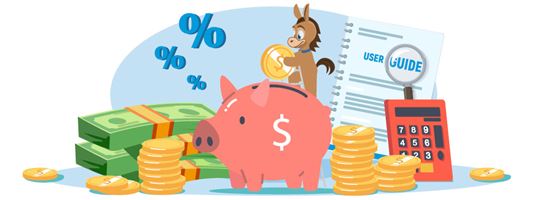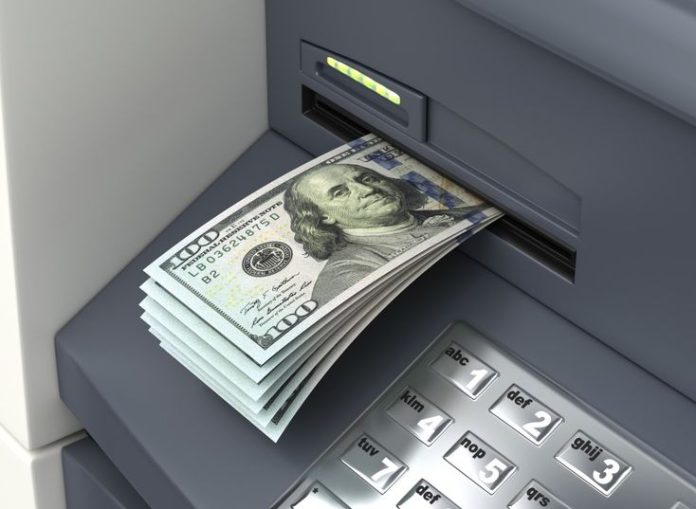Types of Accounts Linked to ATM
Three primary types of accounts are typically linked to ATMs:
- Savings Account: This is a common type of account used for depositing money and earning interest over time. Savings accounts linked to ATMs allow individuals to withdraw cash, check balances, and perform basic transactions. Discover about What is Velocity Banking

- Current Account: Current accounts are typically used for business or frequent transactions. They offer features such as overdraft facilities and checkbook issuance. Accessing a current account via an ATM enables users to perform quick transactions and manage their funds efficiently.
- Credit Card Account: Many banks provide the option to link credit card accounts to ATMs. This allows users to check credit card balances, make payments, and withdraw cash against their credit limit. However, it’s important to note that cash withdrawals from credit card accounts may incur additional fees or interest charges.
Features and Limitations
Each account type linked to an ATM comes with its own set of features and limitations. Savings accounts often have limits on the number of withdrawals allowed per month, while current accounts may offer higher transaction limits but might require maintaining a minimum balance. Credit card accounts provide convenience but may involve higher fees for cash withdrawals and transactions.
Accessing Account Types at ATMs
When using an ATM, selecting the appropriate account type is crucial to ensure that transactions are processed accurately. Most ATMs prompt users to choose between savings, current, or credit card accounts before proceeding with a transaction. It’s essential to verify the selected account type to avoid any potential errors or discrepancies. Learn about What is Tax Planning
Benefits of Account Types in ATMs
The presence of account types in ATMs offers several benefits to users. It provides flexibility and convenience in managing finances, allowing individuals to access different accounts based on their specific needs. Whether it’s withdrawing cash from a savings account or checking the balance of a credit card, account types simplify the transaction process and enhance user experience.
Security Measures
To safeguard user information and prevent unauthorized access, ATMs employ various security measures. Personal Identification Numbers (PINs) are required to authenticate transactions, ensuring that only authorized users can access their accounts. Additionally, transactions conducted at ATMs are encrypted to protect sensitive data from potential security threats.
Common Issues and Troubleshooting
Despite the convenience they offer, ATMs may encounter issues such as transaction errors or incorrect selection of account types. In such cases, users should contact their bank’s customer service for assistance. Common troubleshooting steps include verifying the account type selected, checking for network connectivity issues, and ensuring that the ATM is functioning properly.

Conclusion
In conclusion, account types play a vital role in the functionality of ATMs, offering users the flexibility to access different accounts based on their financial requirements. Understanding the significance of account types and how they function in ATMs is essential for optimizing the banking experience and ensuring secure transactions. By familiarizing themselves with account types and adhering to security protocols, individuals can make the most of ATM services and effectively manage their finance.
FAQs
- What happens if I select the wrong account type at an ATM?
- If you select the wrong account type at an ATM, the transaction may still go through, but it could result in inaccuracies in your account records. It’s advisable to double-check the selected account type before proceeding with the transaction.
- Can I access multiple account types from the same ATM?
- Yes, most ATMs allow users to access multiple account types linked to their bank card. Simply select the desired account type from the options provided on the screen.
- Are there any fees associated with using different account types at ATMs?
- Fees may vary depending on the bank and the type of transaction. Some banks may charge fees for cash withdrawals or balance inquiries, especially for transactions involving credit card accounts.
- How can I change my default account type for ATM transactions?
- You can usually change your default account type for ATM transactions through your bank’s online banking portal or by contacting customer service. Follow the instructions provided by your bank to update your account preferences.
- Is it safe to use ATMs for transactions involving different account types?
- Yes, ATMs are equipped with security features such as PIN authentication and encrypted transactions to ensure the safety of your financial information. However, it’s essential to remain vigilant and report any suspicious activity to your bank immediately.







